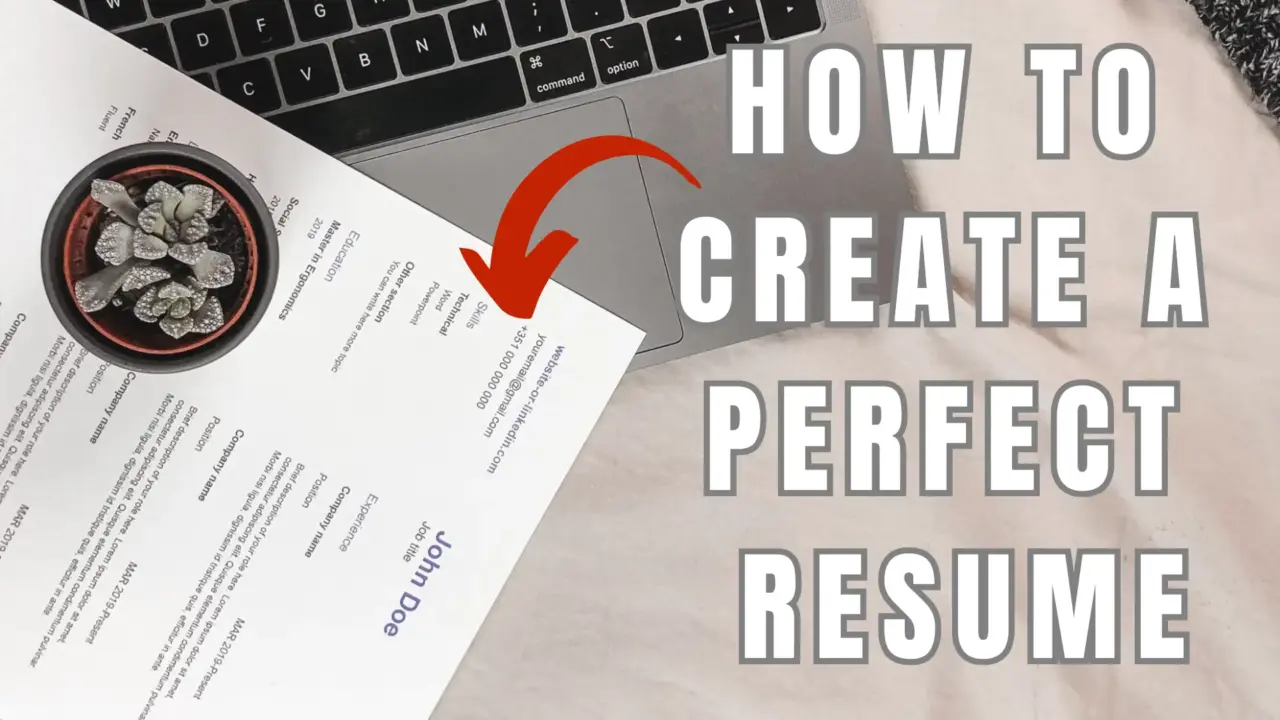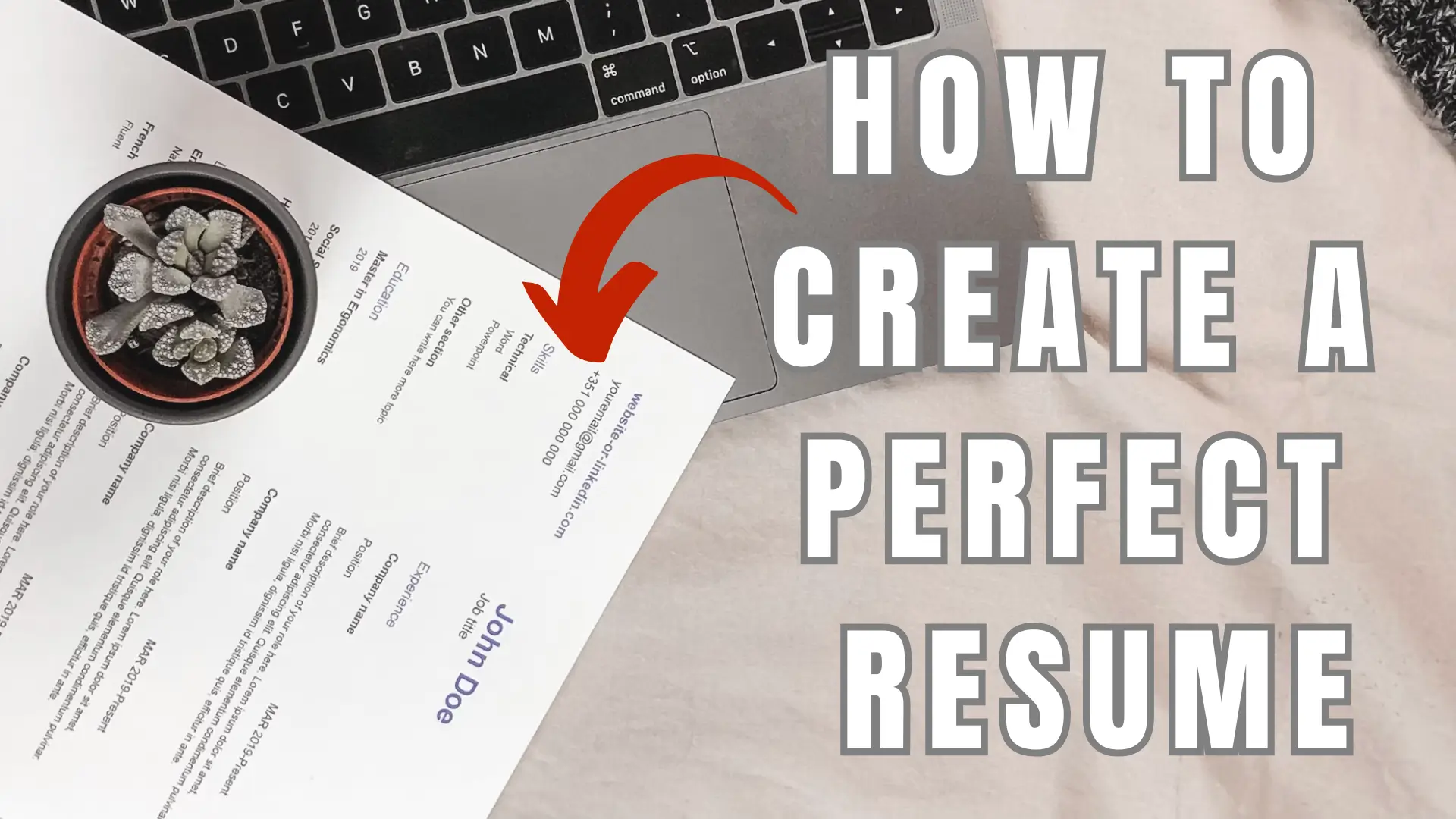In today’s competitive job market, your resume is more than just a document—it’s your personal marketing tool, your first impression, and your ticket to landing that dream job. A well-crafted resume can open doors, spark interest, and set you apart from the crowd. Whether you’re a recent graduate, a seasoned professional, or someone looking to change careers, mastering the art of resume writing is crucial for your professional journey.
This comprehensive guide will walk you through the essential steps to create a perfect resume that not only catches the eye of potential employers but also effectively communicates your unique value proposition. We’ll explore everything from choosing the right format to tailoring your content for maximum impact. By the end of this article, you’ll have the knowledge and tools to craft a resume that showcases your skills, experiences, and achievements in the best possible light.
So, let’s dive in and unlock the secrets to creating a resume that will make employers sit up and take notice!
Choose the Right Format

The foundation of a perfect resume lies in selecting the most appropriate format. Your choice should be based on your career stage, industry, and the specific job you’re applying for. Here are the three main types of resume formats:
- Chronological: This format lists your work experience in reverse chronological order, starting with your most recent job. It’s ideal for those with a steady career progression in the same field.
- Functional: This format emphasizes your skills and abilities rather than your work history. It’s suitable for career changers or those with gaps in their employment history.
- Combination: This format blends elements of both chronological and functional formats, highlighting both your skills and work experience.
For most job seekers, the chronological format works best as it’s familiar to employers and easy to read. However, consider your unique situation when making this choice.
Include Essential Sections
1. Contact Information
Place your full name, phone number, email address, and location at the top of your resume. This information should be prominently displayed and easy to find. Ensure your email address is professional and your voicemail greeting is appropriate.
2. Professional Summary or Objective
Craft a brief statement (3-5 sentences) that highlights your key qualifications and career goals. This section should grab the employer’s attention and entice them to read further. Tailor this summary to each job application, emphasizing the skills and experiences most relevant to the position.
3. Work Experience
List your work history in reverse chronological order, starting with your most recent job. For each position, include:
- Company name and location
- Your job title
- Dates of employment
- 3-5 bullet points describing your key responsibilities and achievements
Use action verbs and include specific numbers to quantify your accomplishments. Focus on achievements rather than just listing duties.
4. Education
List your highest level of education first. Include:
- Name of the institution
- Degree earned
- Graduation date (or expected graduation date)
- Relevant coursework or academic achievements (if applicable)
If you’re a recent graduate, you might want to place this section before your work experience.
5. Skills
Create a separate section to highlight your relevant skills. Include both hard skills (technical abilities) and soft skills (interpersonal qualities). Be sure to match these skills with those mentioned in the job description.
Tailor Your Resume to the Job
One size does not fit all when it comes to resumes. Customize your resume for each job application by:
- Carefully reading the job description
- Identifying key skills and qualifications the employer is seeking
- Incorporating relevant keywords throughout your resume
- Highlighting experiences and achievements that align with the job requirements
Use Clear and Concise Language
- Using bullet points instead of long paragraphs
- Starting each bullet point with a strong action verb
- Avoiding jargon or overly technical language
- Keeping sentences short and to the point
Quantify Your Achievements
Whenever possible, use numbers to demonstrate the impact of your work. For example:
- “Increased sales by 25% over six months”
- “Managed a team of 12 employees”
- “Reduced customer complaints by 40%”
This approach helps employers understand the scope and significance of your accomplishments and makes your contributions more tangible.
Proofread and Format
- Check for spelling and grammar errors
- Ensure consistent formatting throughout (font, size, spacing)
- Keep your resume to 1-2 pages maximum
- Use a clean, professional-looking layout
- Save your resume as a PDF to preserve formatting
Get Feedback
Ask a trusted friend, family member, or mentor to review your resume. They may catch errors you’ve missed or suggest improvements you hadn’t considered. Fresh eyes can provide valuable insights and help you refine your resume further.
By following these guidelines, you’ll be well on your way to creating a perfect resume that showcases your skills and experiences effectively. Remember, a great resume is your ticket to getting an interview, so take the time to make it shine!
Your resume is a living document that should evolve as you grow in your career. Regularly update it with new skills, experiences, and achievements. With a well-crafted resume in hand, you’re ready to take on the job market and land the opportunities you deserve. Good luck in your job search!

